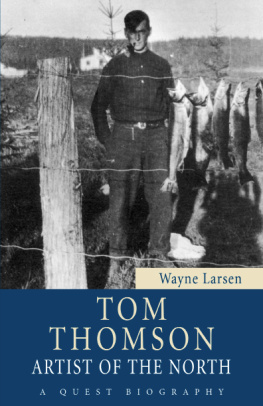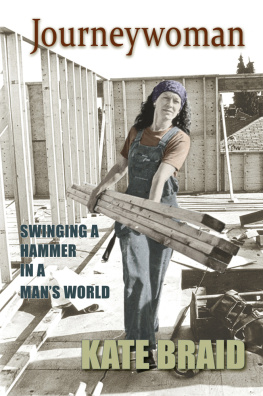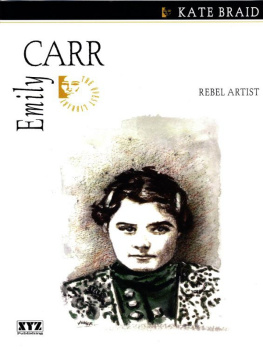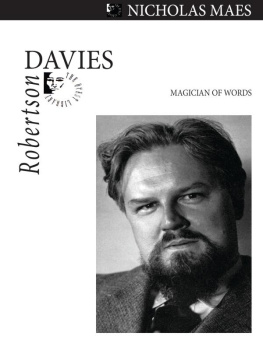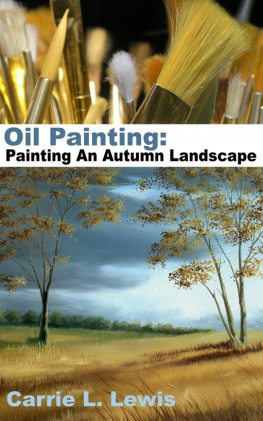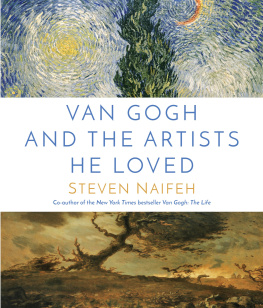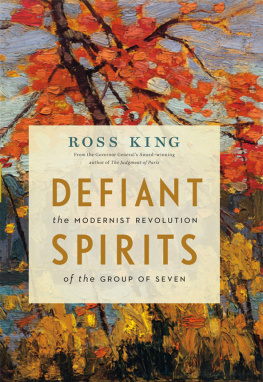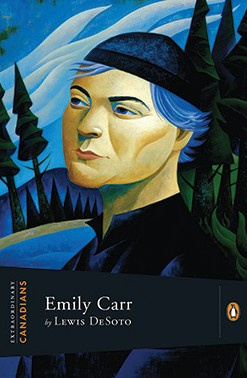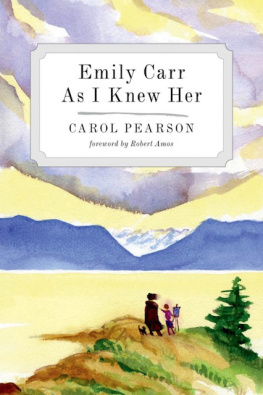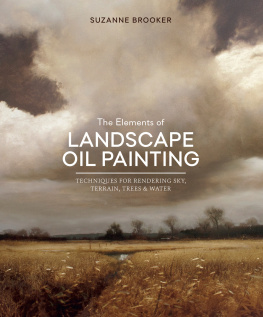Preface
L anguage has changed since Emily Carrs time. For example, in Emilys day First Nations people were called Indians, and their own names and place names were arbitrarily anglicized. The large set of islands north of Vancouver Island that are today called Haida Gwaii were then called the Queen Charlotte Islands; the Kwakwakawakw people were referred to as Kwakiutl; the Nuu-chah-nulth as Nootka; and so on. For gender, the pronoun he was used as a neutral word to refer to both men and women.
When quoting her, I repeat Emilys own vocabulary, which will at times sound old-fashioned to modern ears. In the rest of the text, I have tried to remain true to current spelling and names. However, in the present context of rapidly shifting linguistics, there may be inadvertent errors; if so, I would appreciate being informed of them in order to make corrections to future editions.
All of the quotations in this work are taken from Emily Carrs books. However, in her work she frequently distorts (or misremembers) facts, especially her age. So, for example, when her mother died she says she was twelve when she was actually fourteen. When she went to San Francisco she says she was almost sixteen when she was almost nineteen, and so on.
She also changes peoples names so that, for example, her suitor, Mayo Paddon, becomes Martyn. I have here used her actual age and the real names of people connected with her, as confirmed by her biographers.
Emily Carr was an excellent and prolific writer about her own life. I have relied heavily on her journals and books for details in this manuscript, particularly in Chapter 1, in order to keep as close as possible to Emilys experience of important events in her life.
Unless otherwise noted, all quotations are from Emily Carrs own writings as reprinted in The Emily Carr Omnibus (1993. Introduction by Doris Shadbolt). Sincere thanks to the publishers of The Emily Carr Omnibus: Douglas & McIntyre (Vancouver/Toronto) and the University of Washington Press (Seattle). Also thanks to Stoddart Publishing for their confirmation that Emily Carrs work is in the public domain.
Thanks for their assistance to the folk at B.C. Archives and the Vancouver Art Gallery; to Jan Ross at Emily Carr House in Victoria, B.C.; Martha Black at the Royal British Columbia Museum; Miriam Clavir, Marilyn Dumont, and Jada Pape. A warm thank you to Rhonda Bailey and Lynne Bowen.
I am particularly grateful for the excellent and detailed biographies of Emily Carr by Maria Tippett and Paula Blanchard, which I have used as my sources for factual material. Thank you also to Maria Tippett for checking the final manuscript for accuracy.
Mostly thanks, once again, to Emily.
Meeting DSonoqua

The Indian People and their art touched me deeply.
Emily Carr, Growing Pains
I t had rained all day: a grey, ceaseless downpour under heavy skies. All day she had waited for the Indian agent who promised to take her to the remote village where local people told her she would find totem poles. She had been travelling for days by coastal freighter, fishboat, launch, or canoe however she could reach the next small village, the next pole. She was going to sketch them before they all disappeared, as she feared, forever.
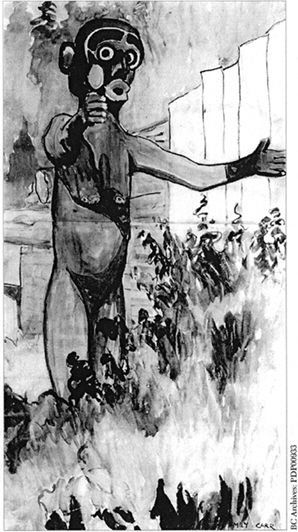
Emily Carrs painting of DSonoqua, wild woman of the
woods. It was the first time Carr met this supernatural
figure, towering above stinging nettles in the abandoned
village of Gwayasdams in northern British Columbia.
And so she waited, in the mission or perhaps in some native cabin, while the Indian agent went about his business, took his time, almost forgetting about the lone white woman whose luggage consisted mostly of a sketch sack, a blanket roll, and a dog for company.
Finally, he was ready. The woman lifted her few belongings to her shoulders, called in a soft English accent to the young native girl who would accompany her on the site, and the three of them climbed into his open boat. When they arrived at the deserted village of Gwayasdams, it was dusk. The woman and child stood on shore and stared up at the frightening tall figures of totem poles, which leaned forward as if to touch the visitors.
There is not a soul here. I will come back for you in two days, the Indian agent said, and left them alone. As his boat rounded the shoulder of the bay and disappeared, the little girl burst into tears. Im fraid, she said.
The woman led the way up a narrow path overgrown with stinging nettles. It was dark when they reached the empty mission house. As the door creaked open, they heard the scamper of rats. The woman tried to make them comfortable by building a fire, perhaps to cook some food, but the firewood was wet and she couldnt make the stove work. She had no candles, so they ate her canned food in darkness, then laid their blankets on the floor and slept.
The next morning the air was a curtain of dampness. When the woman followed the plank walk, she had to cut through stinging nettles that reached over her head. Her thick clothes and long skirt and stockings protected her a little, but nettles bit at her face and hands. Slime from thick yellow slugs coated the wet wood under her feet. Suddenly, with a cry, she fell. When Emily Carr looked up, an immense wooden figure loomed over her.
The creature had been carved from a huge red cedar tree. She was so tall, the nettles barely reached her knees. Her long arms stretched wide as if about to grab someone. But it was her face that seized Emilys attention.
Her eyes were two dark sockets outlined in dazzling white under fierce, black eyebrows. Emily felt as if at any minute the cry of the trees heart might fly out from the protruding lips that framed her open mouth. At the ends of two black hands, the figures fingertips were painted ghostly white. Round ears jutted from her head as if to miss nothing, and rain and mist put a slick gloss on the red of her body, arms, and thighs.
Emily pushed through to the bluff so she could look back and see all of the creature. She sketched, and watched, for a long, long time until a thick mist moved in off the sea and the figure disappeared.
Who is that image? she asked the little native girl. She could see the child knew what she was speaking of, but the girl said, Which image?
The terrible one, out there on the bluff.
I dunno, the girl lied.
All that night, as the child slept, Emily sat at the open window of the mission house and listened to the foreign sounds outside their thin shelter: the cries of an abandoned dog, the crash of breakers, and the groaning, living sounds of huge trees around her. She was

Five years earlier, on a trip to Alaska in 1907 with her sister, Emily Carr had been deeply impressed by the totem poles she saw. She loved their monumental size and majesty. She was already a serious artist who had studied in San Francisco and London, and now, when she did some sketches on the spot, an American artist who spent every summer in Sitka told her he wished he had done them because they had the true Indian flavour. His praise got her thinking.
In trying to convert the First Nations peoples to Christianity, missionaries, with the co-operation of national governments, had virtually condemned traditional native culture. They declared all symbols and tools of traditional native life masks, rattles, ceremonial regalia, and the totem poles, as well as important festivals such as the potlatch pagan. The native population was already plummeting, decimated by diseases introduced by contact with white people smallpox, tuberculosis, and alcoholism among them. Many of the native people who survived were now moving to larger centres for all or part of the year so they could get jobs at white peoples canneries and mission stations. As the villages emptied, their totem poles were being cut down, burned, or sold to museums and to rich tourists as souvenirs. Others were simply rotting naturally.

